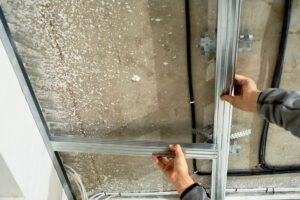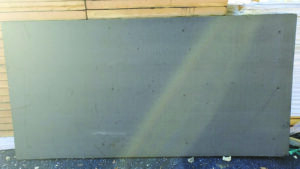How to Reduce Your Carbon Footprint
Your personal carbon footprint is the sum of all the greenhouse gas emissions that you cause by your daily activities, such as using electricity, driving a car, or disposing of…
Comparing the Environmental Impacts of Foam Panel Insulation: Blowing Agents
Foam products are widely used in various industries such as construction, packaging, and refrigeration. The quality and performance of foam products depend largely on the type of blowing agent used…
What is Continuous Insulation (CI) and Why Do I Need It?
Continuous insulation is a type of home insulation that involves installing a continuous layer of insulation over the entire exterior surface of a building, including the walls, roof, and foundation.…
Considerations for Foam Board Wall Insulation Choice
What is R-Value? R-value is a measure of how well an insulating material resists heat flow. The higher the R-value, the better the insulation. R-values are measured in per inch…
IRA Extends & Expands Section 45L Tax Credits for Commercial Real Estate
The Inflation Reduction Act (IRA) can be helpful to commercial real estate owners in a number of ways. First, the IRA extends and expands the Section 45L tax credit for…
Reasons to Upgrade Insulation In A Commercial Building
An insulation upgrade may not seem like an essential project at first glance. However, just like insulation itself, the benefits of good insulation aren’t always easy to see at first…
3 Ways Good Insulation Can Save You Money
Does your house always feel chilly in winter, even when you know your heater is going? Do you feel cold air drafts around doors and windows? If so, there’s a…
The Many Benefits of Green Insulation
The green movement has been growing steadily over the past decades. More and more people—and businesses—are taking steps to conserve and preserve valuable natural resources, and with good reason. Every…
Key Benefits of Extruded Polystyrene (XPS) Insulation
Are you considering using green insulation in building or renovating a residential or commercial property? If so, that’s great! There are now several types of green insulation to choose from.…








